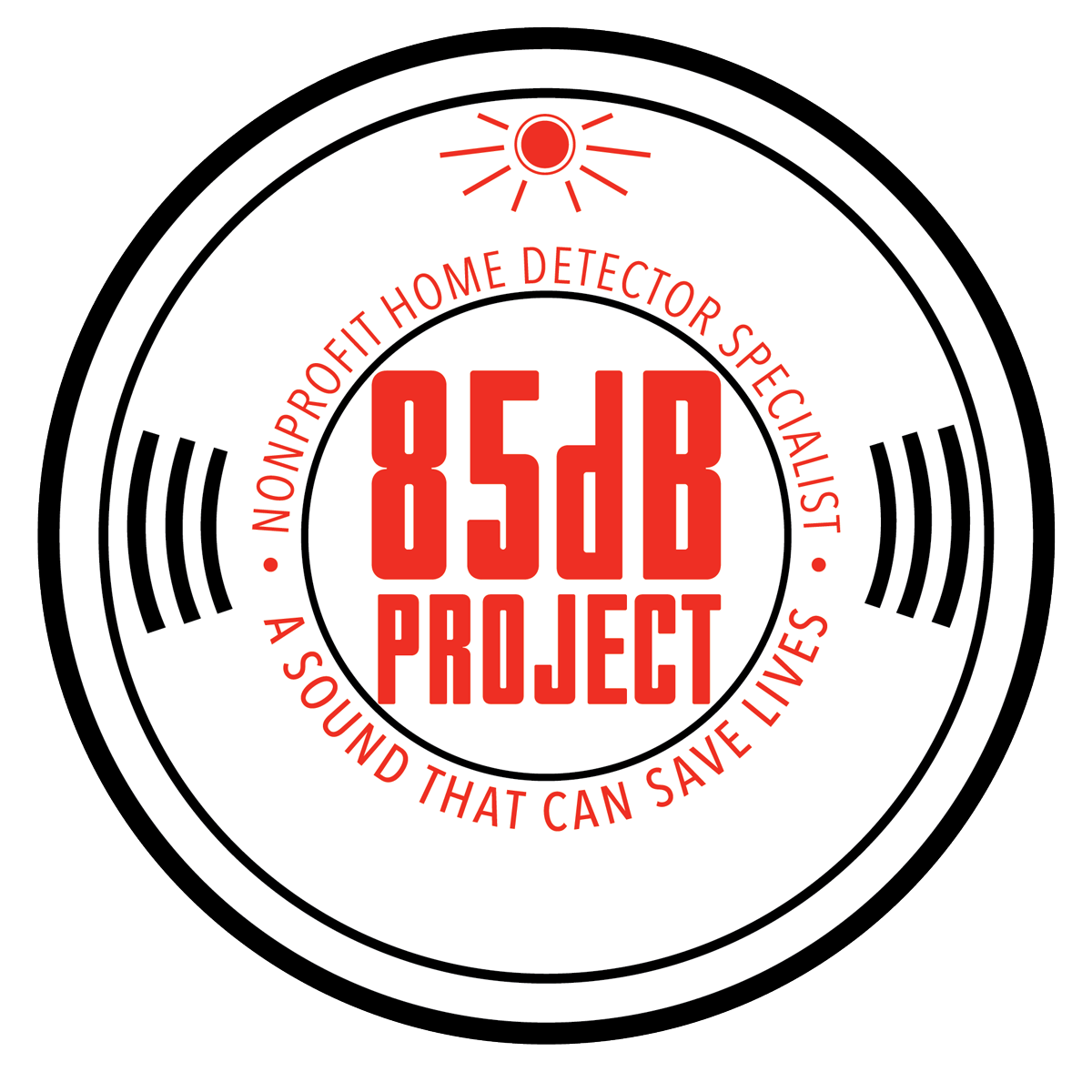In times of crisis, swift and informed action can mean the difference between safety and catastrophe. When it comes to a home emergency like a triggered smoke alarm or detector, having a well-practiced emergency response protocol can save lives. Educating household members on the proper actions to take during such incidents is paramount. Understanding evacuation procedures and how to promptly contact emergency services can mitigate risks and ensure everyone’s safety.
Importance of Preparedness
Household emergencies, especially fires, can escalate rapidly. According to the National Fire Protection Association (NFPA), you may have less than two minutes to safely evacuate once a smoke alarm sounds. This time frame highlights the critical importance of preparedness and swift action. Educating every member of the household, irrespective of age, on the emergency response protocols can make a substantial difference in handling such situations effectively.
Establishing a Clear Protocol
Creating a clear and concise emergency response protocol is the foundational step. Ensure that every household member is familiar with the following key aspects:
- Alarm Recognition: Educate everyone on the different sounds and signals emitted by smoke alarms or detectors in your home. Make it a practice to periodically test these alarms and explain that any alarm sound warrants immediate attention.
- Evacuation Plan: Designate primary and alternative evacuation routes from different areas of the house. Establish a meeting point outside, a safe distance from the house, to account for everyone’s safety.
- Contacting Emergency Services: Teach household members, especially older children and adults, how to contact emergency services (such as 911 in the United States) and emphasize the importance of providing clear and accurate information about the emergency.
- Fire Safety Basics: Educate everyone on basic fire safety measures, such as staying low to the ground when there is smoke, testing doorknobs for heat before opening doors, and using a cloth to cover the nose and mouth if caught in smoke.
Regular Drills and Practice
Regular drills and practice sessions can significantly reinforce the effectiveness of the emergency response protocols. Conducting mock evacuation drills, especially at different times of the day or night, can simulate real-life scenarios and help household members become familiar with the procedures. Encourage active participation and ensure that everyone understands their roles during an emergency.
Involving Children
Involving children in emergency preparedness is crucial. Tailor your explanations and practice drills to their age level, emphasizing the seriousness of the situation without causing unnecessary fear. Teach them how to recognize the alarm sound, crawl low in smoke-filled rooms, and practice escape routes to ensure their safety.
Updating and Revising Protocols
As circumstances change, it’s essential to review and update your emergency response protocols accordingly. Changes in the household layout, the addition of new members, or modifications in safety equipment might necessitate revisions to the existing plan. Regularly revisit and revise protocols to ensure their continued relevance and effectiveness.
Conclusion
Educating household members on emergency response protocols when a smoke alarm or detector is triggered is a fundamental aspect of ensuring safety at home. Preparation, clear communication, regular practice, and adaptability are key elements in crafting and maintaining an effective emergency plan. By prioritizing safety and preparedness, households can significantly minimize risks during emergencies and protect the well-being of everyone within.


